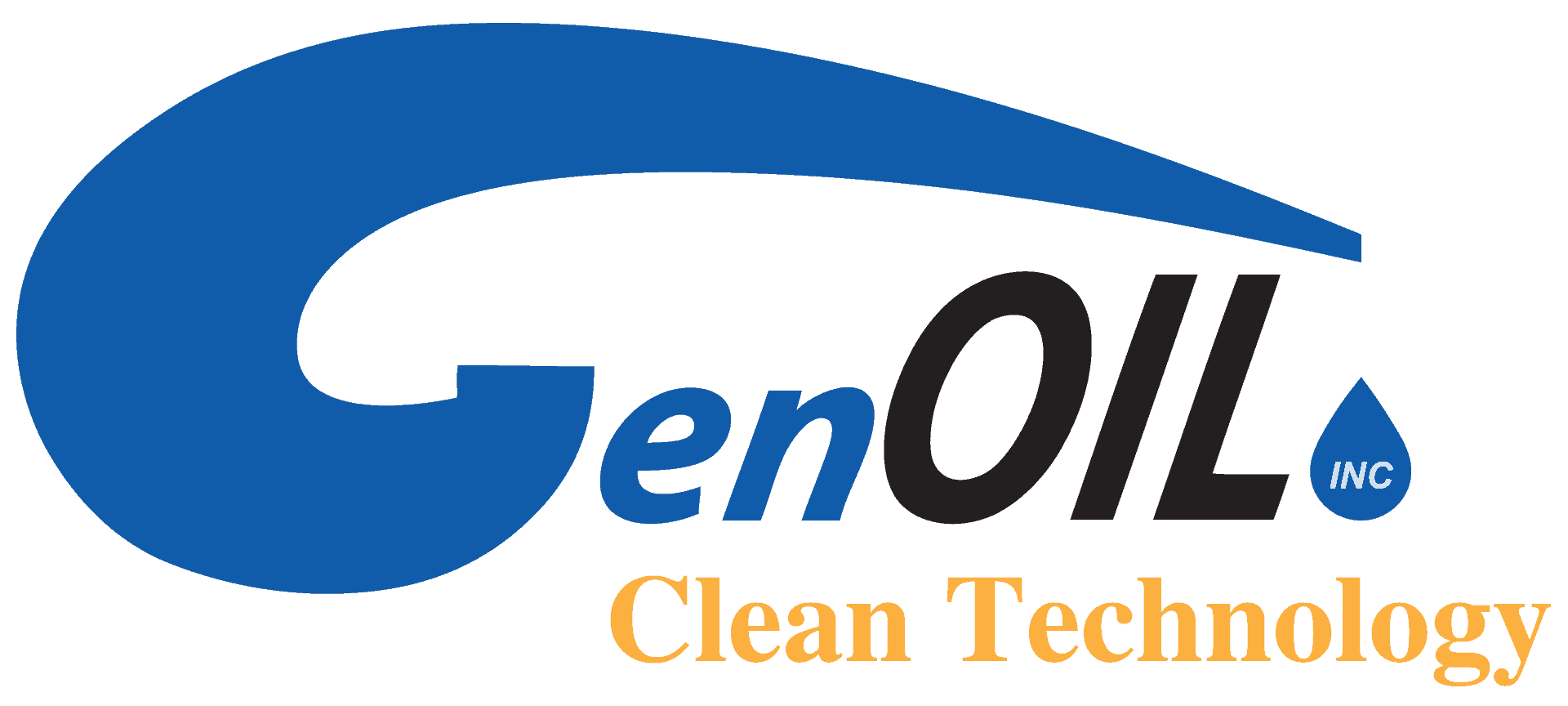CALGARY, ALBERTA–(Marketwire – 12/13/10) – Genoil (TSX-V:GNO – News)(OTC.BB:GNOLF – News)- Genoil Inc . (“Genoil” or the “Corporation”) announced today that it has installed a second Crystal Sea Separator on board a 2,000,000 barrel Middle East based tanker. In recent sea trials the Crystal Sea Separator has essentially no operational cost due to the fact that filters were not required to meet regulations. This new five cubic meter model can easily meet the requirements of a two million barrel tanker, while exceeding International Maritime Organizations Resolution (MARPOL MEPC 107) overboard discharge guidelines for pollution prevention of 15 parts per million. The Crystal Separator exceeds Coast Guard and ABS standards for pollution prevention as well. Genoil has achieved 2.5 parts per million in recent trials. Competitors’ filters can cost $4000.00 and must be changed regularly. Genoil has eliminated these expensive filter requirements.
The Corporation also announces that it has retained Nichole Rhodes managing partner of Rhodes Global Public Relations Group. Rhodes Global Group has significant outreach and will assist Genoil in launching products and implement multiple campaigns to target customers and marketing communities. Rhodes will assist Genoil in developing an integrated Public relation, media, and marketing strategy. Primary goal being to raise awareness of the long term energy shortages brought on by the peaking of light oil, and Genoil’s technological solution for converting heavy oil to light which increases profits margins $21.00 per barrel benefit to end user that does not reflect recent increases in the oil price over the past 45 days.
CEO David Lifschultz says ” Current simulations being furnished to Middle East producers indicate per barrel profit margins of about $21.00 or approximately 30% internal rate of return on investment before amortization. This is drastically lower than the $36.00 spread before the 2008 crash in oil prices as most of OPEC’s cutbacks centered on heavy oil thereby artificially driving up the heavy oil feedstock price.” Lifschultz added : “As the world economy improves, and oil demand rises, the OPEC production of heavy oil will return to normal thereby significantly widening the profit magins on the Genoil upgraded crude back to and above the $36.00. It is important to note that even at the height of the crash the Genoil uprgrading profits were significant and commercial unlike the profitability of new drilling which was so bad that oil drilling collapsed 50%. The simple figure of 900 billion barrels of heavy oil reserves, which is largely unused, demonstrates the potential of the upgrading industry.”
As a result of the recent increased demand for oil, Genoil has seen growing interest from several major Middle Eastern producers moving to exploit their high sulfur light and heavy oil deposits. Genoil is making significant progress towards concluding agreements in the near future. Intensive work is advancing with five different oil producing countries.
The Genoil Hydroconversion Upgrader can operate as a stand alone field unit or within a refinery. Genoil’s new zero waste hydrogen-oil blending process desulfurizes 99.5% without the need for external hydrogen or natural gas and with an operating cost savings of 61% compared with competing technologies. The ability to generate it’s own hydrogen from its own residue gives the GHU Upgrader the ability to operate in remote regions, and in countries where hydrogen either unavailable or restricted. It’s extremely low operating costs are due to its zero waste.
Genoil’s Two Hills property in Alberta Canada is capable of storing 125 million tons of CO2 waste from the nearby tar sands operations of Fort McMurray Alberta, Canada’s premiere tar sands productions site in 250 salt caverns with the potential to be one of the largest storage facility of it’s kind in North America. Alternatively it could be used for natural gas storage.
Genoil Inc. has also issued 1,379,116 common shares of Genoil to satisfy $455,110.23 outstanding to certain lenders (the “Creditors”) of the Corporation. The issuance is pursuant to Genoil’s previously announced Shares for Debt Application, which was accepted by the TSX Venture Exchange on December 8, 2010. Genoil reached debt cancellation agreements between the Corporation and the Creditors, whereby each of the Creditors agreed to forgive and cancel debts currently owing to such Creditor by the Corporation.
